Most of us don’t think twice about what’s actually in the water we drink, cook with, and bathe in every day. We assume that if it’s clear, it’s clean. However, if you’ve ever noticed a layer at the bottom of the main water tank sitting on your roof, that’s just the visible side of a bigger issue: sediment in your water. Sediments are particles of sand, dirt, rust, and other minerals end up in our water for several reasons. Let’s break down why they’re there, what it means for your health, and how they impact your home.
What Exactly Are Sediments and Impurities in Water?
Sediments are small particles or solids that can be naturally occurring or the result of human activities. Here’s a simple breakdown of what they usually consist of:
1. Sand and Silt: Natural particles often found in groundwater, especially if your water source is near a beach, river, or other sandy areas.
2. Rust and Metal Particles: These often come from aging water pipes and plumbing systems.
3. Organic Particles: These are bits of decomposed plant material or microorganisms, typically found in untreated water sources.
4. Minerals and metals: Things like calcium, magnesium, and iron can dissolve in water naturally as it flows through soil and rock.
Most of these sediments don’t pose immediate harm when consumed in small amounts, but they can cause significant issues over time.
Why Does Our Water Contain So Much Sediment in Water?
The amount of sediment in water depends on several factors, from the source of the water itself to the quality of pipes that transport it. Here are a few major reasons why sediments might end up in your tap water:
Underground Water
Water sources like rivers, lakes, and underground wells contain natural sediment from surrounding soil and rock. When water flows through these areas, it picks up particles along the way. In regions where the soil is loose or where there’s a lot of plant material, you may find even more sediment in the water.
Aging Pipelines
Old or corroded pipes are one of the main culprits for increased sediment in tap water. As water moves through aging pipelines, especially metal ones, bits of rust and metal particles break off and mix into the water. This is particularly common in older homes or cities where pipes haven’t been replaced in decades.
Construction and Industrial Waste
Construction, mining, and manufacturing activities produce a lot of dust and debris, which can easily make its way into nearby water sources. For instance, if there’s construction near a river, the soil and debris can wash into the water, increasing sediment levels.
Depleting Groundwater
Groundwater is the water found underground that we use for drinking and farming. However, we’re using it faster than it can naturally refill. As more water is pumped out, the underground water levels drop. This not only makes it harder to get clean water but also concentrates harmful substances and sediments, making the water dirtier and harder to filter.
Low Quality of Filters Used at Source in Society
The water we get often contains sediments because of the low quality of filters used in water treatment plants or wells. These filters aren’t always good at removing dirt, bacteria, or other harmful substances. In some areas, the filters are old or not maintained well, which means we end up with water that’s not clean and requires extra filtering at home.
The Impact of Sediment Water on Health and Home
It’s easy to dismiss sediment in water as a minor annoyance, but it can have bigger implications for both your health and your home.
While most sediments themselves aren’t directly harmful, they can grow bacteria and other microorganisms. Here’s how sediments can impact health:
1. Digestive Issues: Excess sediment in drinking water can lead to digestive discomfort if the particles irritate the stomach lining.
2. Heavy Metals: In areas with significant industrial activity, sediments may carry traces of heavy metals like lead or arsenic. Ingesting these can have serious health impacts, particularly on children’s development and long-term health for adults.
3. Bacterial Growth: Sediment in water creates a favorable environment for bacteria. Some bacteria attach themselves to the particles and can make it past basic filtration systems, leading to potential health risks if consumed.
Impact of Hard Water on Plumbing and Appliances
The presence of sediment in water doesn’t just affect your health but can also have costly effects on your plumbing and household appliances:
1. Limescale Deposit: The minerals in hard water can build up inside pipes, forming limescale deposits. Over time, this can block the pipes, reduce water flow, and cause leaks or pipe damage.
2. Appliance Damage: Appliances like water heaters, dishwashers, and washing machines are affected by limescale buildup. It can make them work harder and less efficiently, using more energy and wearing out faster.
3. Laundry and Cleaning Problems: Hard water makes it difficult for soap to lather properly. This can leave clothes feeling stiff, cause soap scum to build up, and leave spots on dishes.
4. Skin and Hair Issues: The major effects of hard water on hair and skin can lead to dryness, scalp irritation, and make hair feel rough and dull. Minerals in hard water block moisture, leading to hair loss and scalp irritation.
5. Higher Energy Bills: When limescale builds up in water heaters and pipes, appliances have to work harder to do the same job, which can increase your energy bills.
Aesthetic Concerns
Sediment can also affect the appearance and taste of water. If you’ve noticed that your drinking water has a cloudy or murky look, it’s likely due to sediments. While this may not always indicate a health risk, it certainly impacts your perception of water quality.
How to Deal with Sediment in Water
Addressing sediment in water can range from simple to complex solutions, depending on the level of sediment and where it’s coming from. Here are a few practical steps you can take:
Use a Sediment Filter
One of the simplest ways to deal with sediment is to install a sediment water filter. These filters are designed to trap particles before they reach your faucets. You can install point-of-entry filters (whole-house filters) or point-of-use filters (attached directly to faucets).
Regular Plumbing Maintenance
If you live in an older building or area with an aging infrastructure, routine plumbing maintenance can help reduce sediment issues. Replacing old pipes and regularly flushing your water heater can prevent excessive build-up.
Types of Water Filters
The common types of water filters include sediment filters, activated carbon filters, and reverse osmosis (RO) systems are commonly used to remove different particles.
1. Sediment Filters: These are usually the first step in a multi-stage filtration system, trapping larger particles like sand, silt, and rust.
2. Activated Carbon Filters: Good for removing organic matter, some chemicals, and bad odors, but not effective for microplastics or minerals.
3. Reverse Osmosis Systems: These are highly effective for removing most sediments, including calcium, magnesium, and microplastics.
Maintenance: Regularly changing filters ensures effective sediment removal and prevents clogging.
In Summary
Sediments in water are a result of both natural and human-made factors, from eroding soils and construction runoff to old pipes. While these particles are usually not dangerous on their own, they can carry bacteria, impact your home’s plumbing, and even pose certain health risks over time. By understanding the causes and effects of sediment in water, you can make better choices for protecting both your health and your home. Simple solutions like installing a hard water filter for tap can go a long way in reducing sediment, limescale, and mineral buildup, especially in areas with hard water. Taking steps like regular plumbing maintenance and using advanced filtration systems ensures cleaner, safer water for your everyday needs.









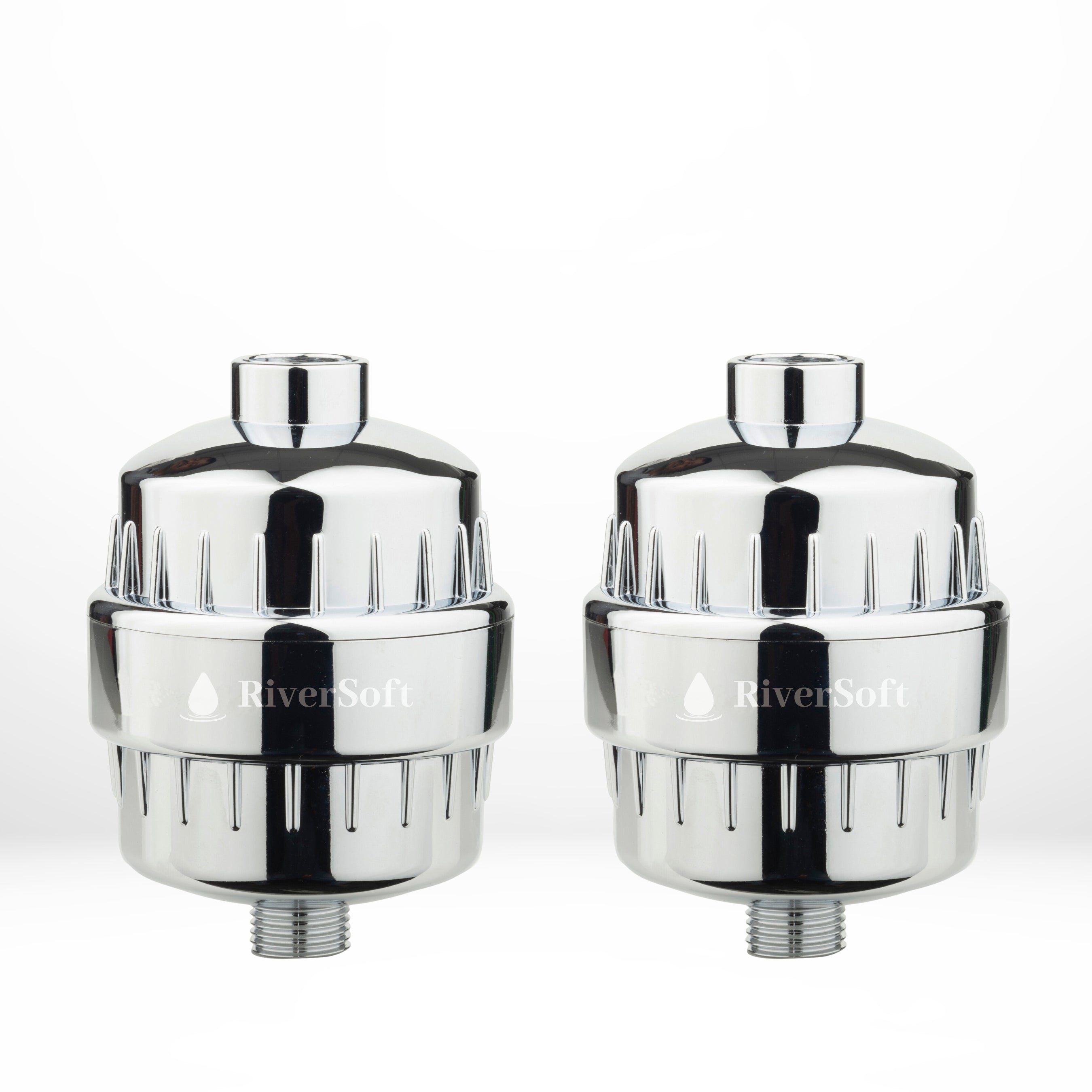

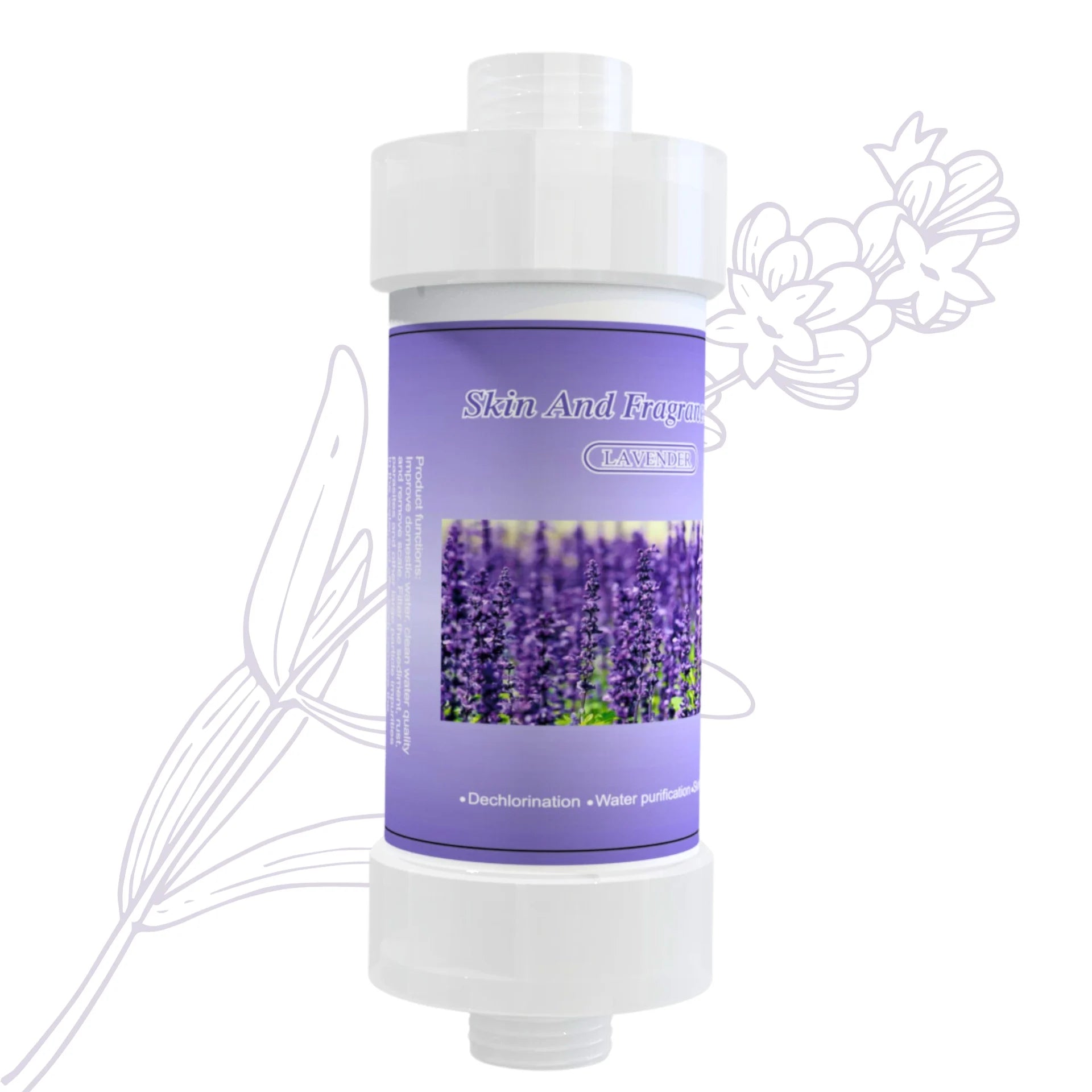

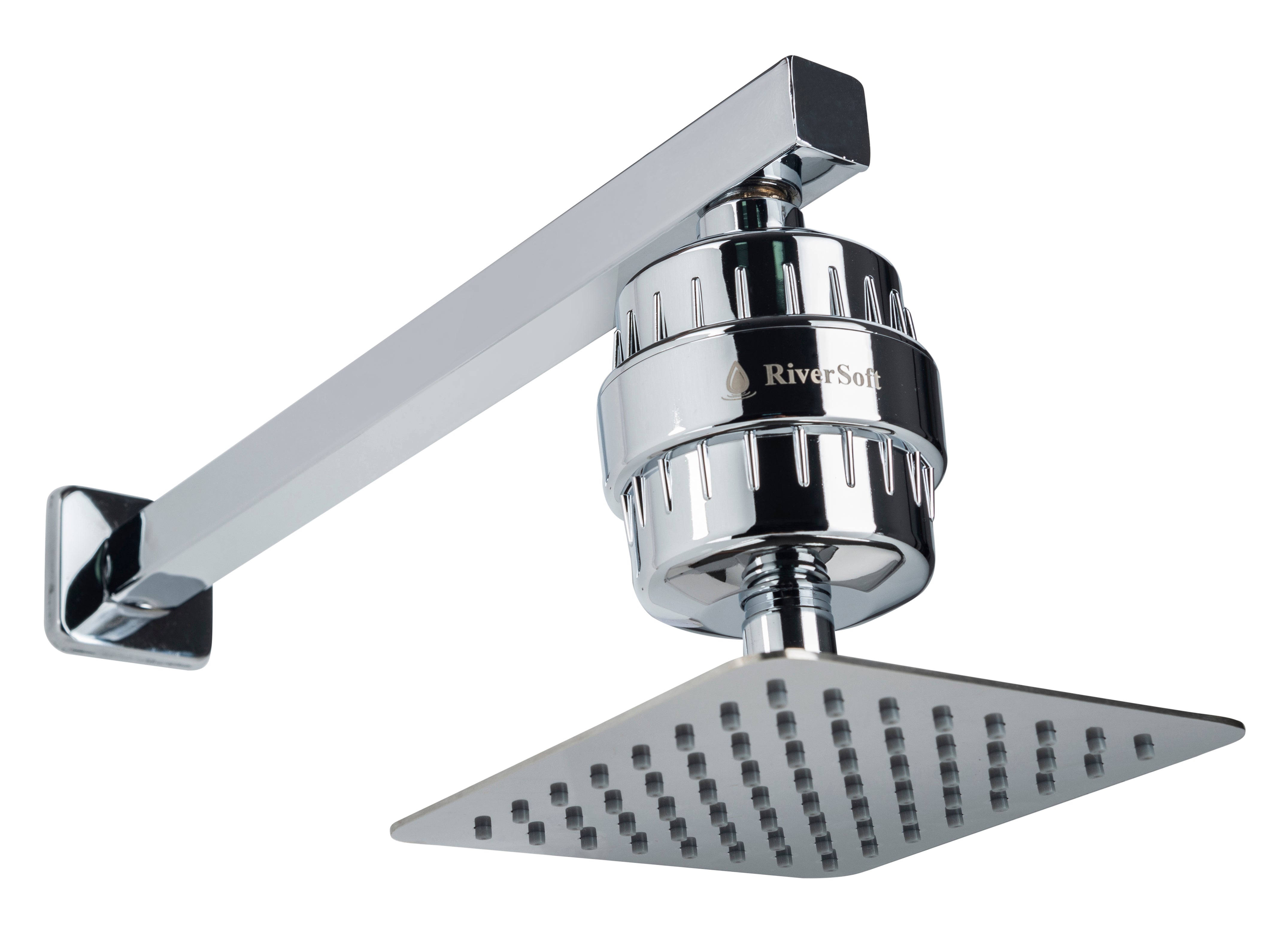







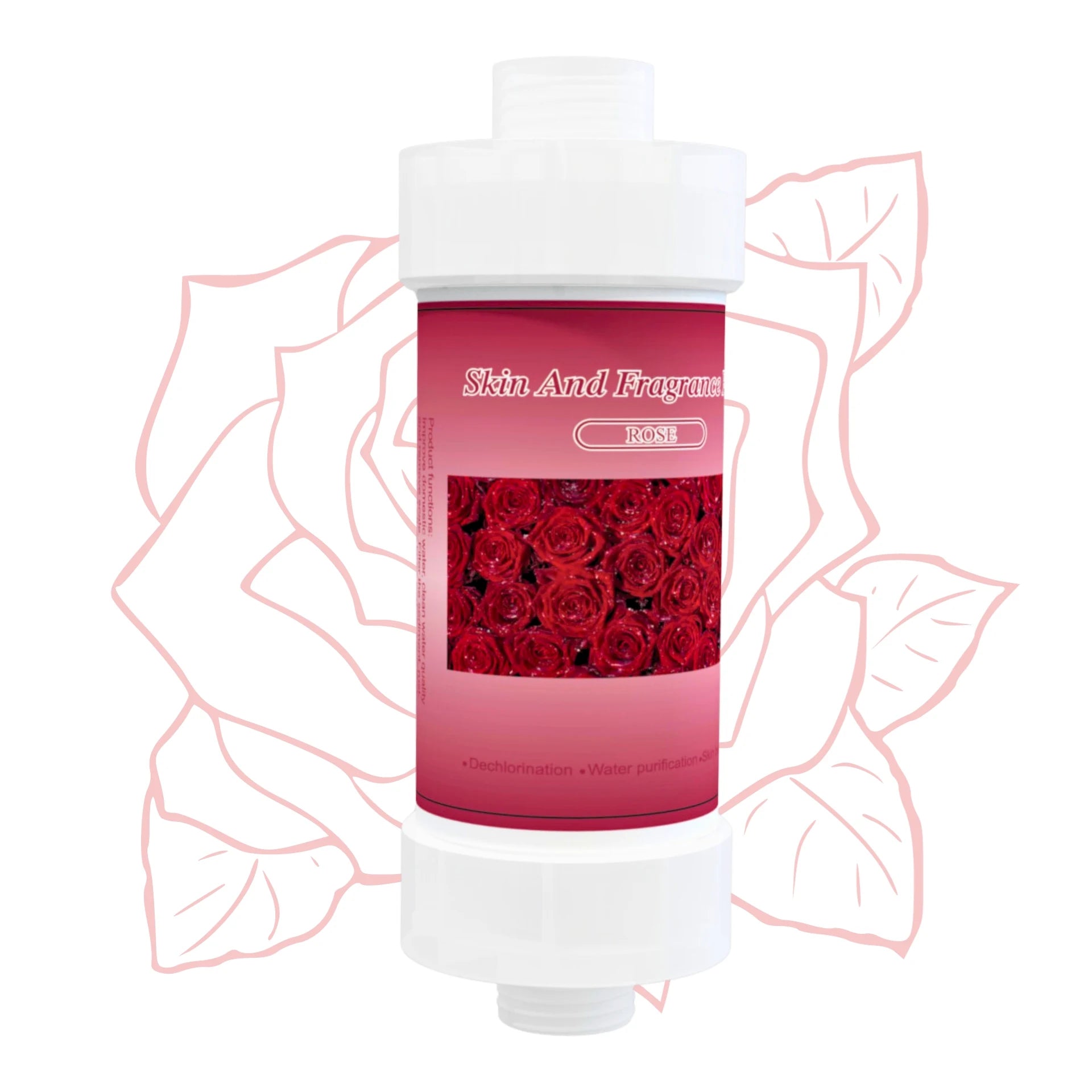
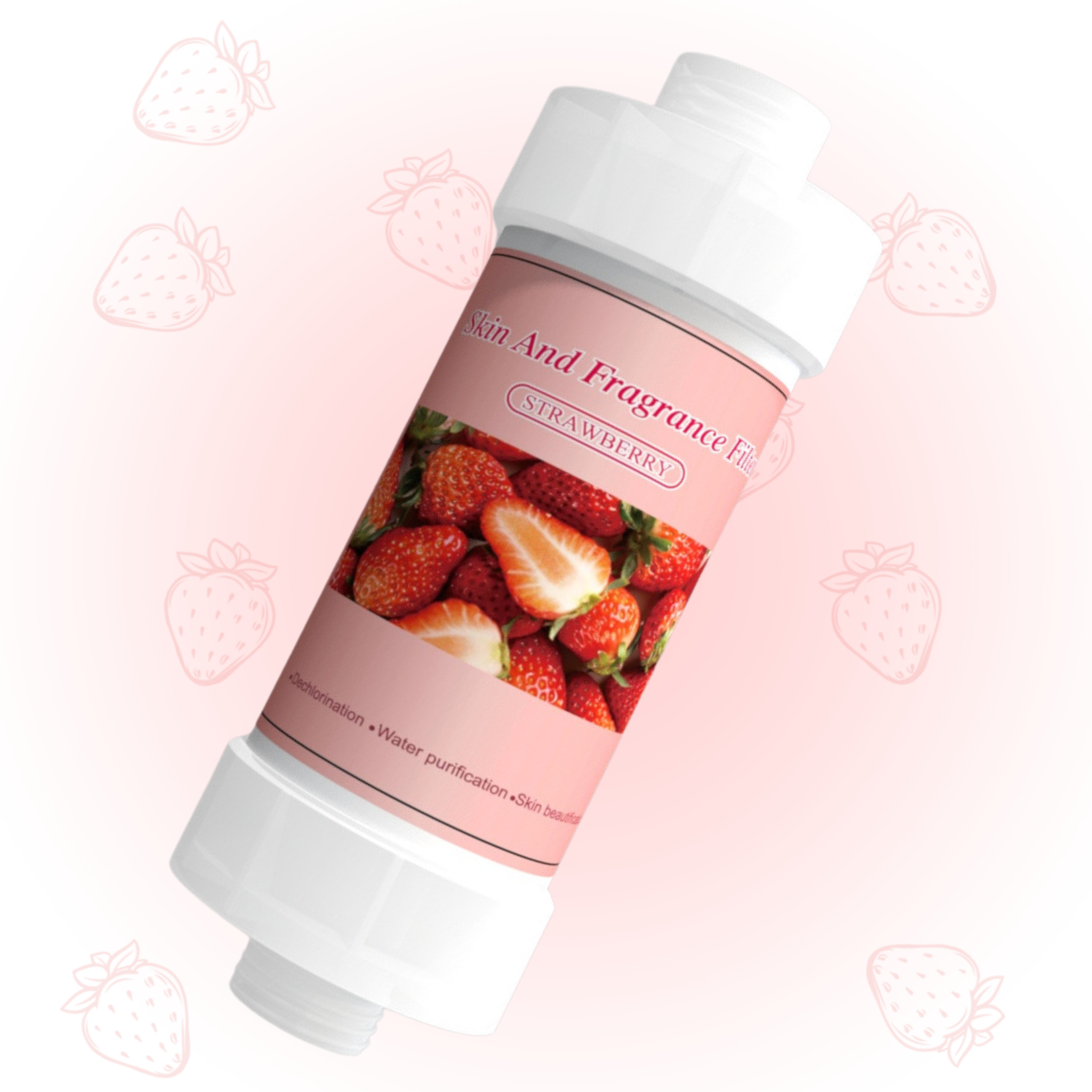

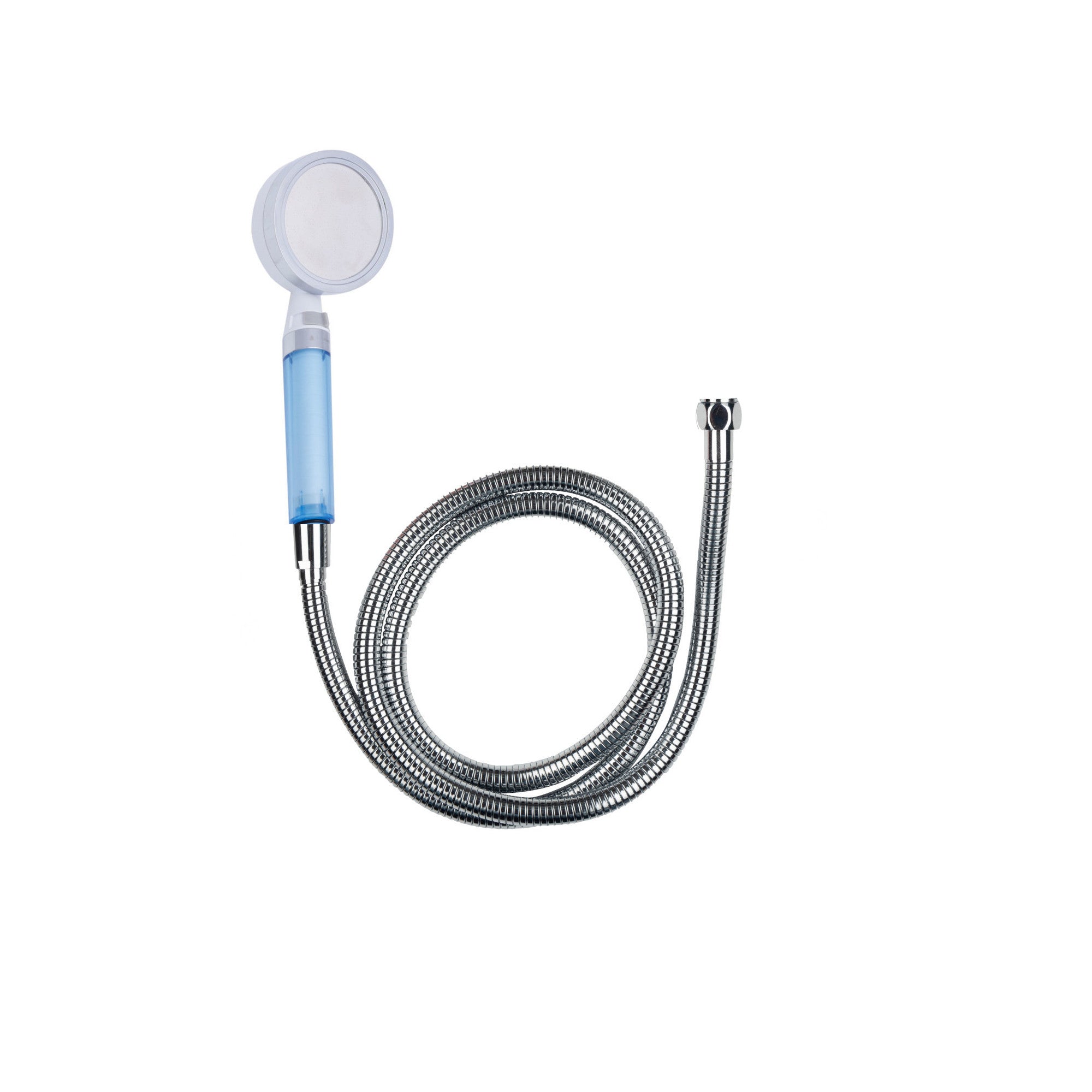
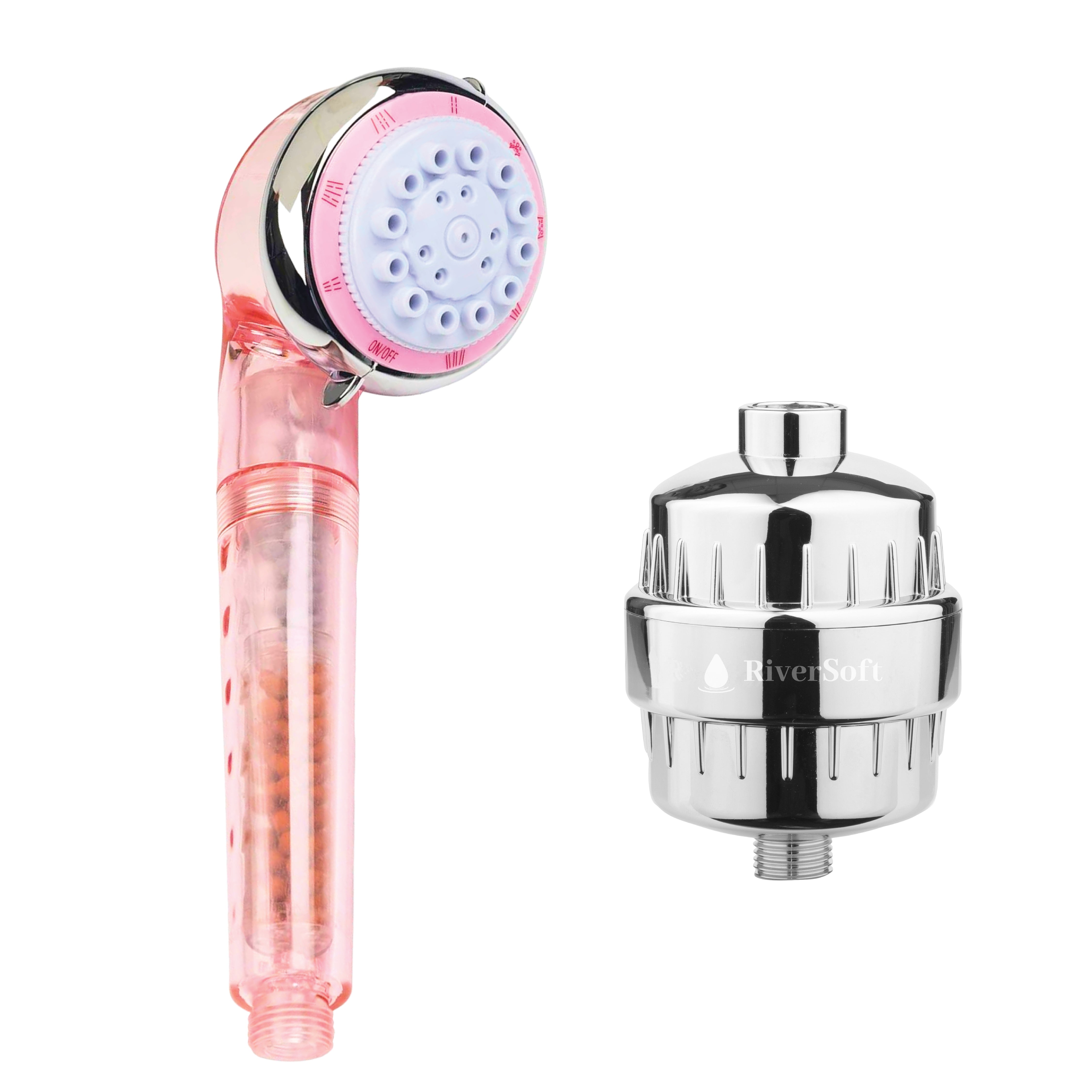



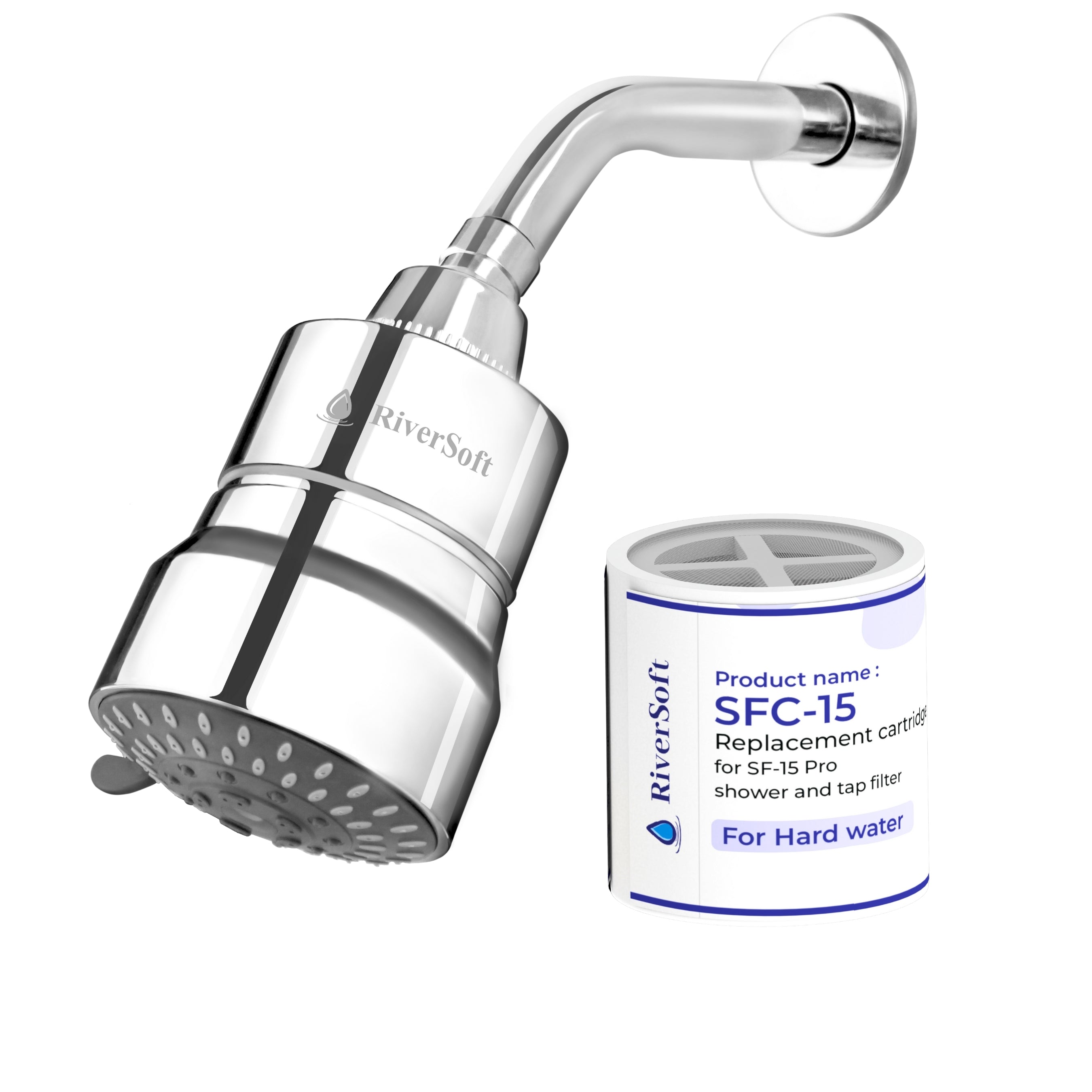


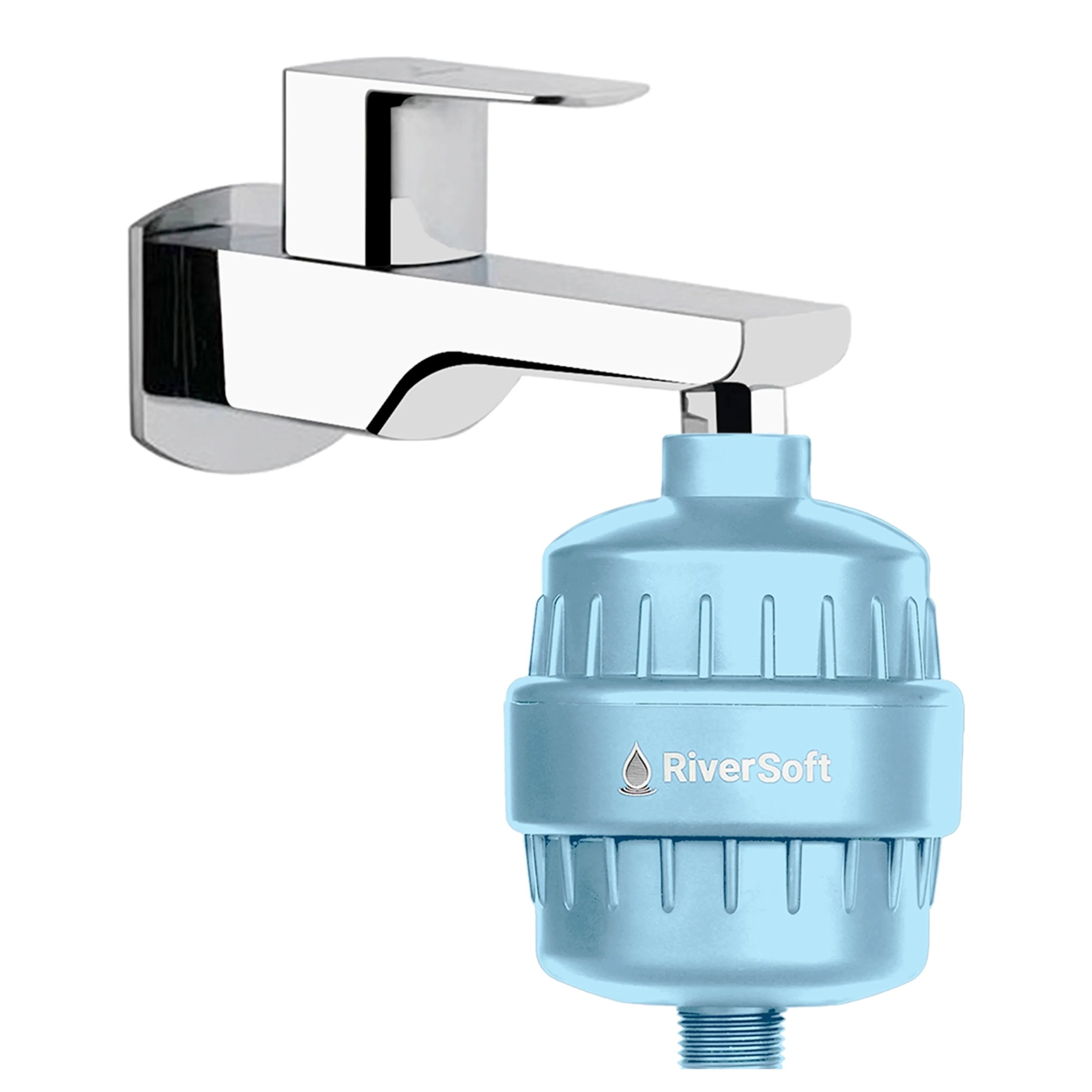






















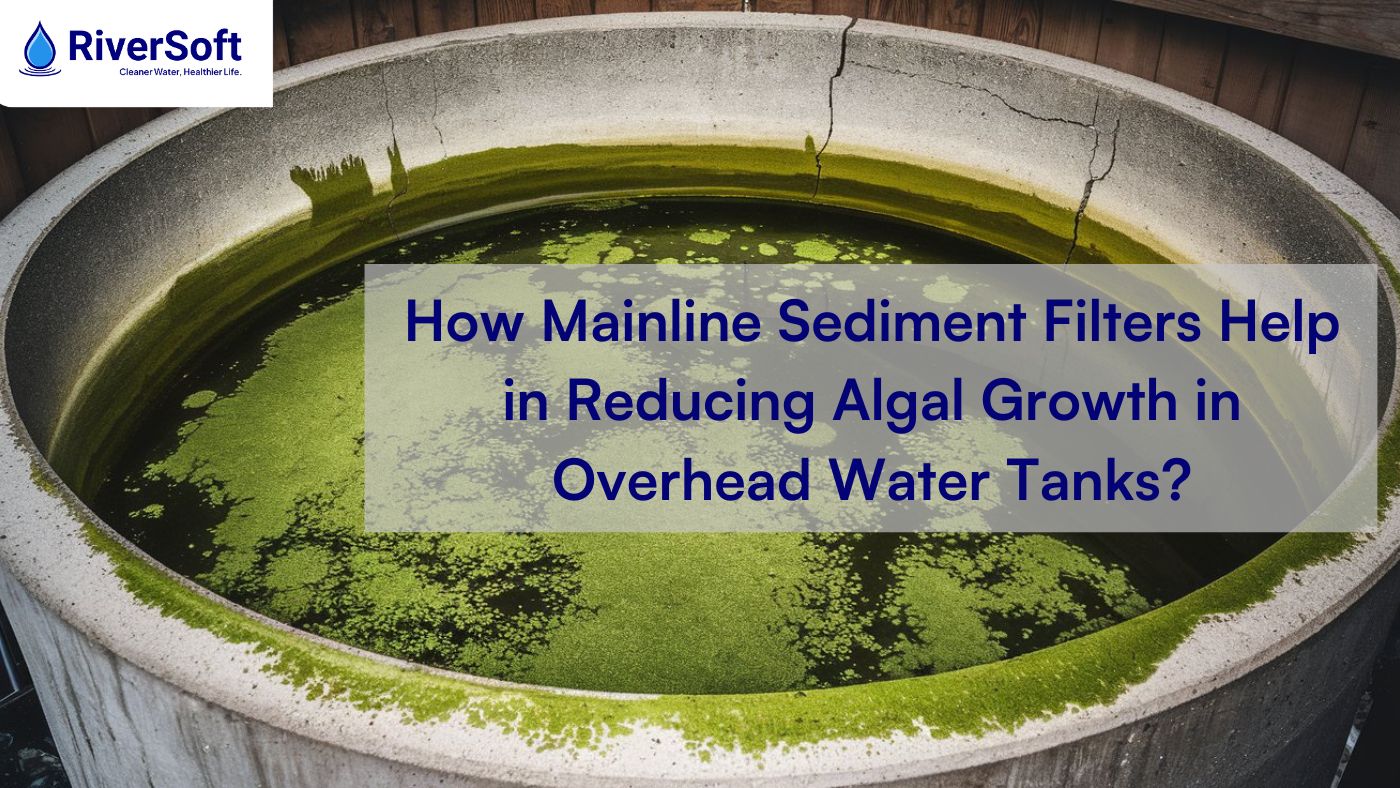


















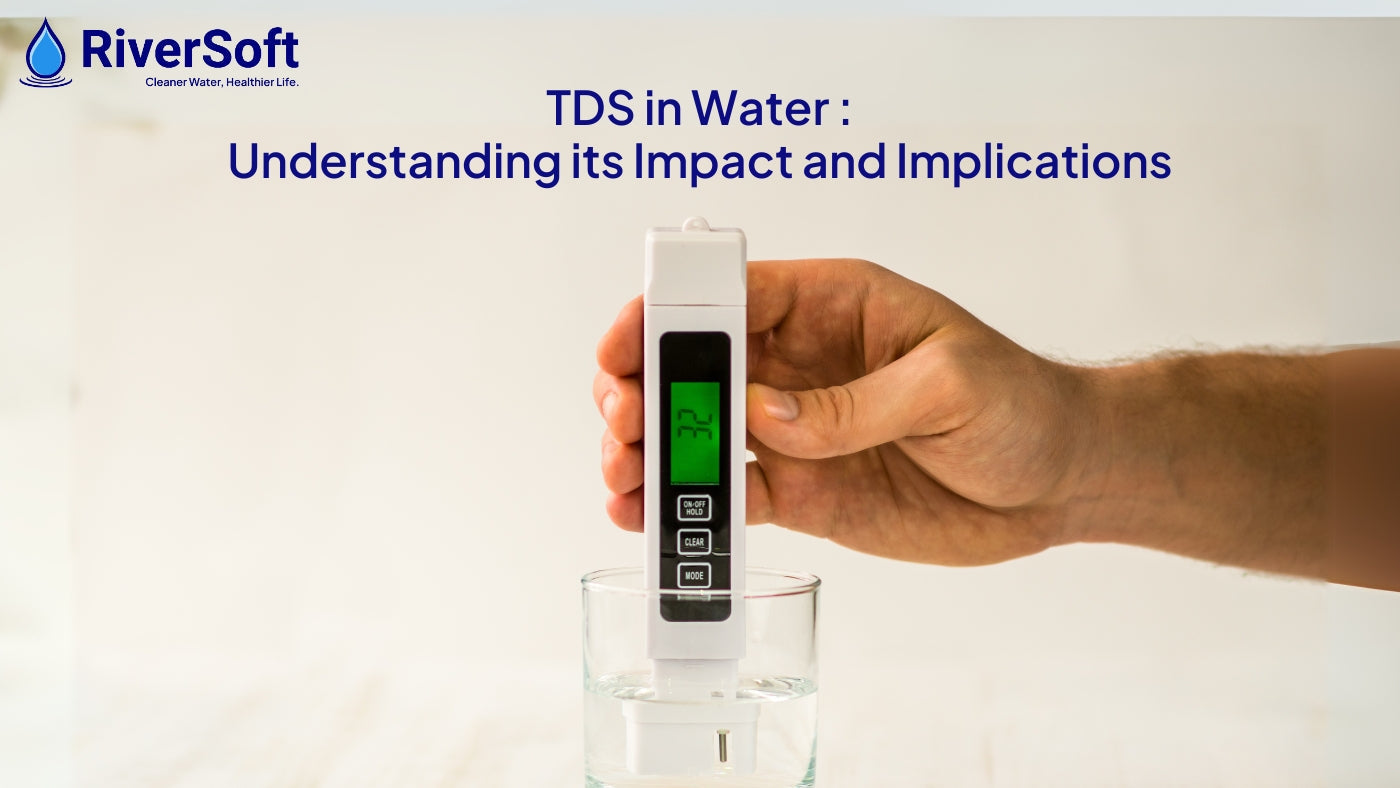












Ashutosh was inspired to solve water quality issues after witnessing the harmful effects of hard water on his family’s health and home. Recognizing the widespread impact of poor water quality, he committed to creating innovative solutions that ensure safe and clean water for everyone. He is an alumnus of IIT Delhi and IIM Ahmedabad, bringing a strong technical and managerial background to RiverSoft.